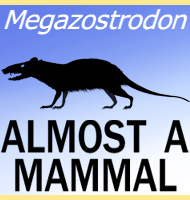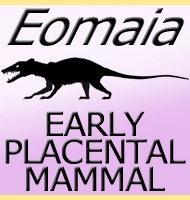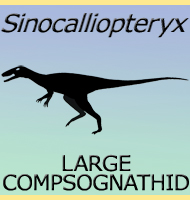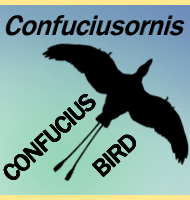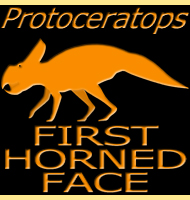


Repenomamus
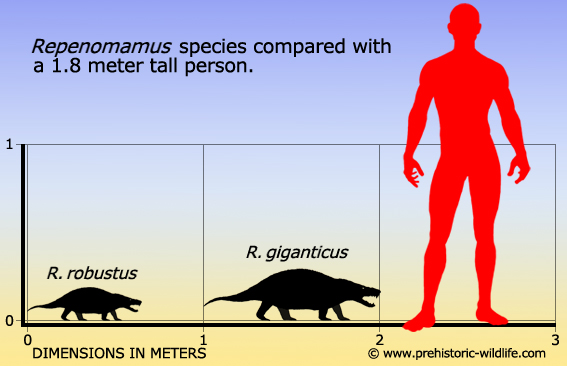
Name:
Repenomamus
(Reptile Mammal).
Phonetic: Re-pe-no-may-mus.
Named By: J.-L. Li, Y. Wang, Y.-Q. Wang
& C.-K. Li - 2000.
Classification: Chordata, Mammalia,
Gobiconodonta, Gobiconodontidae?
Species: R. robustus
(type), R. giganticus.
Diet: Carnivore.
Size: Rougly 65 centimetres long for R.
robustus, about 100 centimetres long for R.
giganticus.
Known locations: China, Liaoning Province - Yixian
Formation.
Time period: Hauterivian/Barremian of the Cretaceous.
Fossil representation: Several individuals, some
almost complete, and at least one with stomach contents.
Repenomamus was a fairly large mammal for the early Cretaceous, and one that was different from known therians in that the body was larger with proportionately shorter legs. The large size and the teeth of Repenomamus led to early suggestions that the genus was carnivorous. However it was the naming of the larger second species, R. giganticus, that conclusively proved that Repenomamus was a meat eater. Inside the type specimen of the second species were the remains of a small juvenile Psittacosaurus resting in what would be expected to be the location of the stomach of the Repenomamus. This Psittacosaurus is preserved in segments of semi articulated chunks, suggesting that the Repenomamus pulled the Psittacosaurus apart with its mouth and swallowed the body in chunks. This is interesting in itself, but a further credit for this discover is that it is the first clear and undisputable proof that at least some of the larger Cretaceous mammals were eating the dinosaurs of the time.
Further reading
- A new family of primitive mammal from the Mesozoic of western
Liaoning, China - . Chinese Science Bulletin 45:2545-2549
- J.-L. Li, Y. Wang, Y.-Q. Wang & C.-K. Li
- 2000.
- Large Mesozoic mammals fed on young dinosaurs. - Nature
433:149-152 - Y. Hu, J. Meng, Y. Wang & C.
Li. - 2005.
----------------------------------------------------------------------------
Random favourites
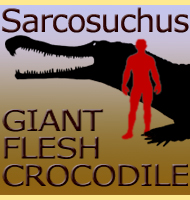 |
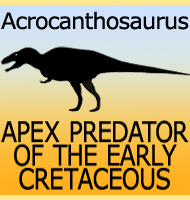 |
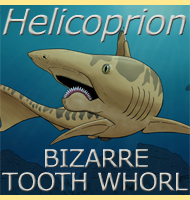 |
 |
